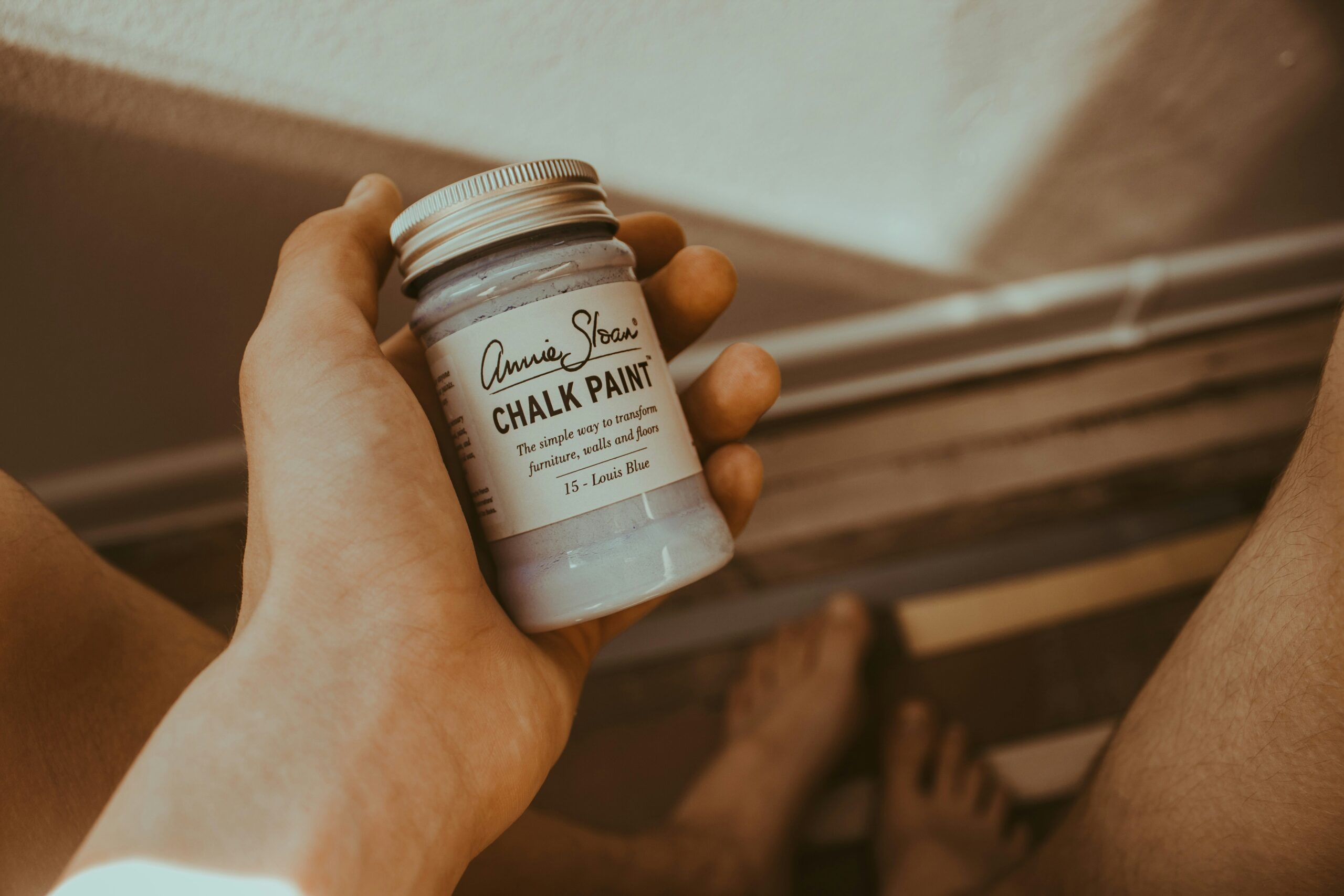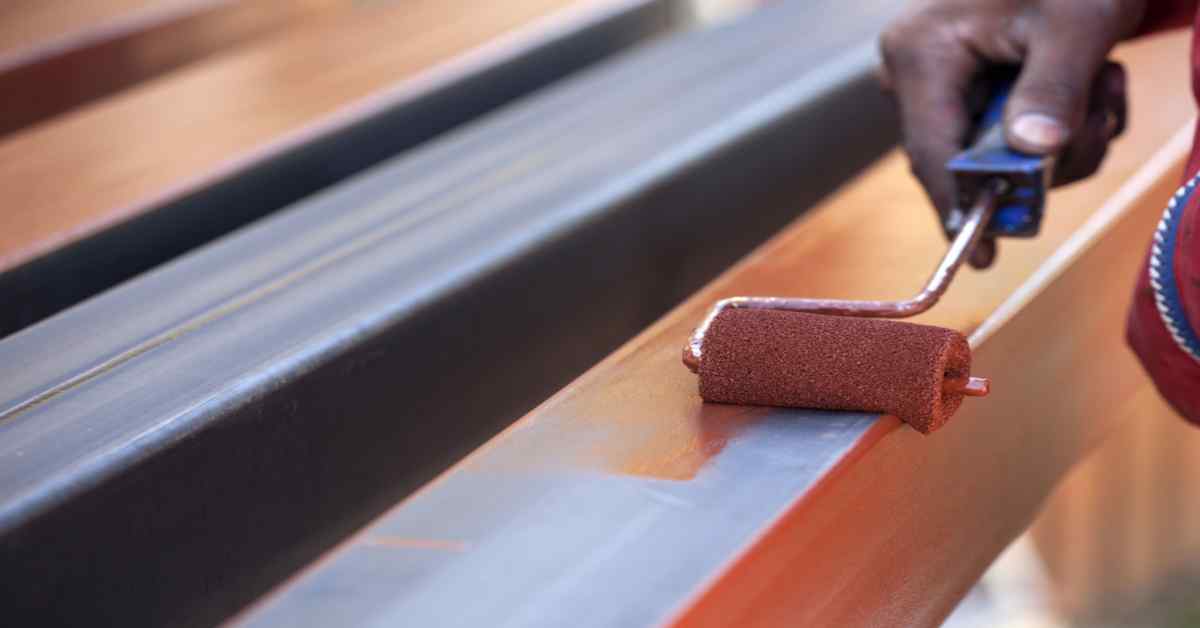In the quest for a greener planet, every brushstroke counts. Whether you’re renovating your dream home or refreshing a beloved space, choosing eco-friendly house painters and sustainable painting practices can make a significant difference. This guide is dedicated to all the eco warriors out there, eager to blend aesthetics with ethics, ensuring their decorating choices align with their environmental values.
Understanding Sustainable Paints and Their Importance
Sustainable paints transcend beyond the mere reduction of volatile organic compounds (VOCs), although this is a significant benefit. The essence of these paints lies in their entire lifecycle – from the procurement of raw materials to the production process, how they are packaged, and the methods by which they are disposed of or recycled. Opting for sustainable paints is a commitment to fostering a production and consumption cycle that minimizes ecological footprints. This commitment is manifested in the reduction of air and water pollutants and the assurance that the ingredients utilized are renewable, biodegradable, or capable of being recycled. Sustainable paints also prioritize health, aiming to safeguard both the environment and the well-being of individuals by minimizing exposure to harmful chemicals. Furthermore, the selection of sustainable paints supports industries and practices that are considerate of their environmental impact, encouraging innovations in eco-friendly technologies and materials. Through this conscientious choice, individuals and businesses can actively contribute to environmental conservation and promote a culture of sustainability in the realm of home improvement and construction.
The Rising Stars of Eco-Friendly Paint Materials
Leading the charge in the realm of environmentally conscious paint options are materials like milk paint, clay paint, and chalk paint, each offering unique benefits and aesthetic qualities. Milk paint, revered for its historical use, is experiencing a renaissance due to its natural composition of milk protein, lime, and earth-derived pigments, boasting a zero VOC emission profile and complete biodegradability. This not only ensures a healthier living environment but also contributes to a cycle of sustainability from production to disposal. Clay paint, celebrated for its exceptional wall breathability, mitigates the risk of mold and moisture build-up within interior spaces. Its pigment, sourced directly from the earth, presents an array of natural tones that add an organic touch to interiors. Chalk paint, distinguished by its velvety matte finish, has gained popularity for furniture restoration projects and creative interior applications. Being primarily water-based, it minimizes the release of harmful emissions, aligning with eco-conscious standards. These pioneering materials are reshaping the landscape of sustainable interior design, providing a palette of options that marry ecological responsibility with aesthetic versatility. Their rising popularity underscores a growing consumer demand for products that not only look good but do good, propelling the industry towards more innovative and earth-friendly solutions.
Navigating the Challenges of Eco-Friendly Paint Application
Transitioning to eco-friendly paints, while rewarding, presents unique obstacles that require thoughtful navigation. The properties of sustainable paints often necessitate specialized application techniques and complementary products to achieve the desired outcome. Unlike conventional paints, eco-friendly alternatives may have distinct drying times and adherence characteristics. This divergence demands a deep understanding and, occasionally, a modification of traditional painting methods. For instance, the natural composition of milk paint means it adheres differently to surfaces compared to synthetic options, often requiring a bonding agent when applied to slick or non-porous materials. Similarly, clay paint’s natural texture and consistency might necessitate a specific kind of brush or roller for application to ensure an even and smooth coat, as well as a suitable sealer to preserve its finish in areas prone to moisture.
These challenges underscore the importance of not only choosing the right type of eco-friendly paint for a project but also investing in the correct tools and accessories. Moreover, the successful application of sustainable paints can sometimes involve a learning curve, particularly for those accustomed to traditional paints. This emphasizes the value of seeking guidance from experienced eco friendly contractors who have honed their skills in applying these materials effectively. Their expertise can be invaluable in overcoming the initial hurdles of working with eco-friendly paints, ensuring that the transition to greener alternatives does not compromise the quality of the finish. By embracing these challenges as opportunities for growth and innovation, individuals and professionals alike can contribute to a more sustainable future in home improvement and design.
Innovative Applications of Sustainable Paints in Modern Design
The realm of sustainable paints is expanding, embracing not only the walls of our homes but also furniture, cabinets, and floors. This versatility showcases the boundless potential of eco-friendly materials in redefining modern design aesthetics. For instance, Del Mar house painters are integrating these sustainable solutions into luxurious designs, demonstrating that elegance and environmental responsibility can coexist beautifully. The transformative power of milk paint on vintage furniture brings an authentic, time-worn charm to pieces, while its biodegradable nature speaks to a deep respect for the environment. Clay paint, with its natural, breathable qualities, is being used to create serene, matte finishes on walls, enhancing the organic appeal of living spaces. Even floors are getting a green makeover, with durable, low-VOC options providing both style and sustainability underfoot. These innovative uses of sustainable paints are not just a testament to their functional versatility but also an invitation to designers and homeowners alike to rethink how aesthetics and environmental impact can harmoniously intersect. By exploring and embracing these eco-friendly alternatives, modern design is setting a new standard for beauty, one that honors the planet as much as it does style.
The Role of Eco-Friendly House Painters in Promoting Sustainability
Eco-friendly house painters stand as crucial advocates in the journey toward more sustainable living and building practices. By opting for environmentally considerate paints and methods, these professionals not only minimize their own ecological footprint but also serve as a beacon of change within the industry and broader community. Their choices inspire a ripple effect, prompting clients, colleagues, and competitors to rethink traditional approaches to painting and decoration. In regions like San Diego, where the push towards sustainability is increasingly pronounced, house painters specializing in eco-friendly services are demonstrating that high-quality finishes and environmental stewardship can go hand in hand. Their expertise in navigating the nuances of green materials—from selection through application—equips them to deliver results that satisfy both aesthetic desires and ecological principles. Moreover, their role extends beyond the paint job itself; through consultations and interactions with clients, eco-friendly painters educate and spread awareness about the benefits and importance of sustainable practices. This educational component is vital, empowering homeowners to make informed decisions that align with their environmental values. In doing so, eco-friendly house painters are not just transforming spaces with color and texture but are also contributing to a broader cultural shift towards sustainability. Their work underscores the potential for every stroke of the brush to contribute to a healthier planet, reinforcing the notion that thoughtful, informed choices in our homes can have a profound impact on the world around us.
Future Trends in Sustainable Painting Practices
As we look toward the horizon, the evolution of sustainable painting practices is poised to revolutionize both the industry and consumer behavior. Innovations in eco-friendly materials are rapidly emerging, with researchers exploring the potential of paints derived from algae and other organic compounds. These advancements aim to further minimize the environmental footprint of painting products, offering alternatives that are not only biodegradable but also capable of reducing carbon emissions during their production process.
In parallel, the surge in popularity of minimalist and natural interior designs is pushing the demand for paints that align with these aesthetic values while maintaining an uncompromising stance on environmental responsibility. This shift in consumer preference is driving paint manufacturers to develop products that meet these dual criteria, blending style with sustainability.
Moreover, the integration of technology in the application and drying processes of eco-friendly paints is expected to address some of the current challenges associated with their use. Innovations such as faster-drying formulas and enhanced adherence properties without compromising on eco-friendliness are on the development agenda, aiming to make sustainable painting practices more accessible and appealing to a broader audience.
As the community of eco-conscious consumers grows, so does the demand for professionals skilled in the application of sustainable paints. This demand is fostering a new generation of green house painters and eco-friendly contractors who are not only adept at using these materials but are also advocates for their benefits, further promoting the adoption of sustainable practices in the painting industry.
The trajectory of sustainable painting practices is clear, moving towards a future where eco-friendly options are no longer the exception but the standard. This shift is emblematic of a broader commitment to sustainability that transcends the painting industry, reflecting a collective endeavor to preserve our planet for future generations.
Making the Switch: Practical Tips for Adopting Sustainable Painting Practices
Embarking on a journey toward more sustainable painting practices is both a rewarding and impactful choice that contributes to environmental conservation. To ease this transition, begin by selecting paints that are specifically marked as low-VOC or zero-VOC, as these options significantly reduce harmful emissions. Additionally, seeking out paints that come with environmental certifications can guide you toward products that meet rigorous sustainability standards. When it comes to executing your painting project, prioritizing eco-friendly house painters who possess a deep understanding of sustainable materials and their proper application techniques can make all the difference. These professionals not only ensure that your space is painted beautifully but also uphold your commitment to environmental stewardship.
Equally important is the consideration of the product lifecycle. Aim to select paint and painting supplies that offer options for recycling or are made from recycled materials. Assess whether the paint you choose is biodegradable, further minimizing its environmental impact. In managing leftover paint, proper disposal or donation to local recycling programs can prevent waste and contribute to community projects. Similarly, opting for reusable or recycled materials for drop cloths, brushes, and rollers supports a circular economy, reducing the overall waste generated from your painting project.
By taking these practical steps, you actively support the shift towards more sustainable painting practices. This not only enhances the health and aesthetic appeal of your space but also aligns your home improvement endeavors with broader ecological goals. Each choice made with sustainability in mind is a step forward in the collective effort to ensure a healthier planet for future generations.




